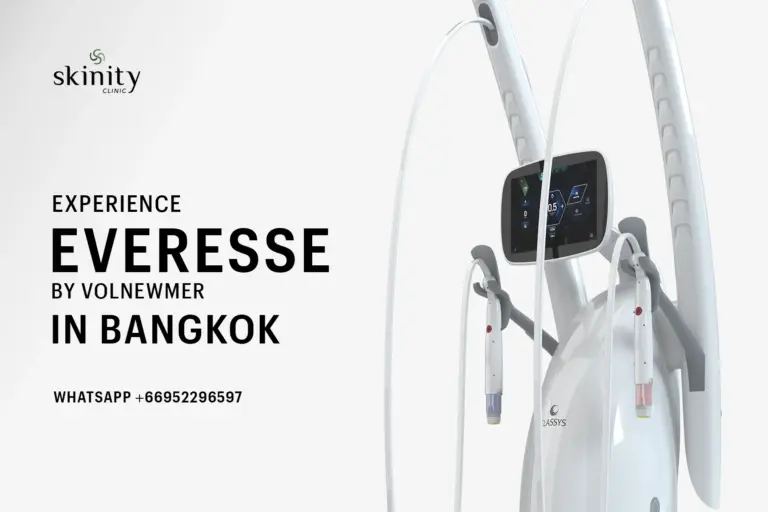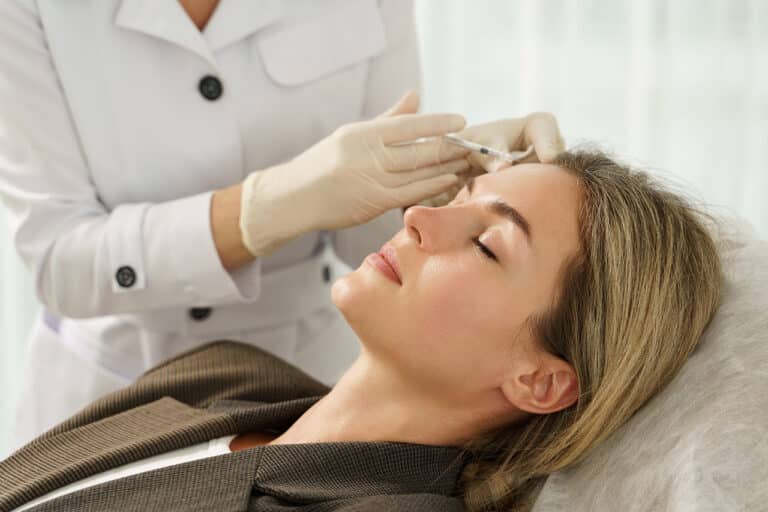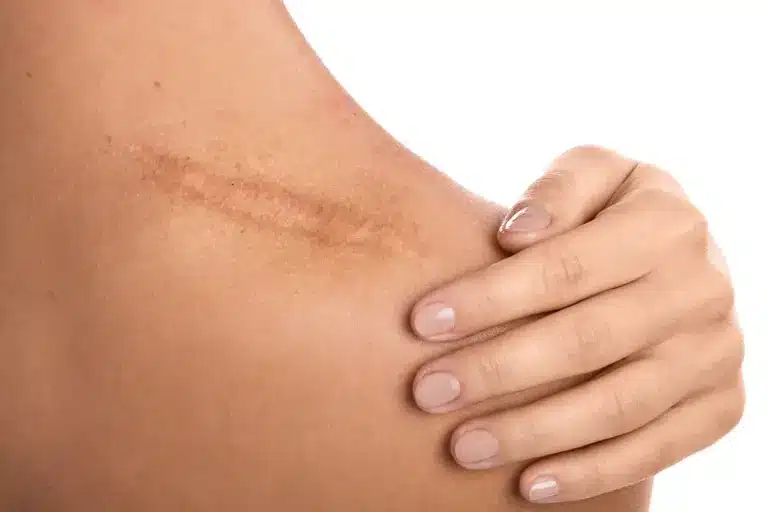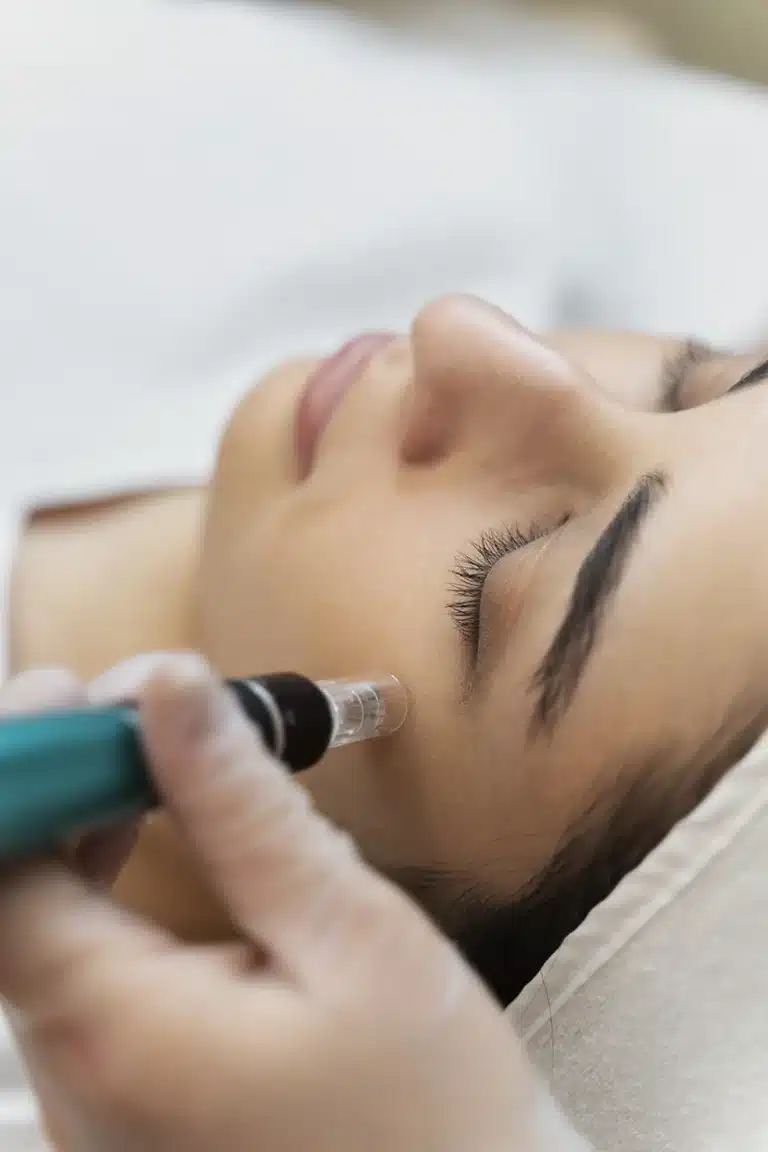Acne scars can be a frustrating reminder of past breakouts, but there are several ways to minimize their appearance and achieve smoother skin. Two popular approaches are topical skincare treatments and RF (radiofrequency) microneedling. Both methods offer unique benefits and can be effective, depending on the type and severity of the scars. In this article, we’ll compare acne scar treatments using skincare products versus RF microneedling to help you determine which option might be best for you.
Skincare Treatments for Acne Scars
Skincare treatments for acne scars primarily involve the use of over-the-counter or prescription products designed to improve skin texture, tone, and overall appearance. These products often contain active ingredients that promote skin renewal and collagen production.
Common Skincare Ingredients for Acne Scars:
- Retinoids: Retinoids, such as tretinoin, are derivatives of vitamin A that promote cell turnover and collagen production, helping to reduce the appearance of scars over time.
- Alpha Hydroxy Acids (AHAs) and Beta Hydroxy Acids (BHAs): AHAs, like glycolic acid, and BHAs, like salicylic acid, exfoliate the skin’s surface, removing dead skin cells and promoting new cell growth, which can improve skin texture.
- Vitamin C: An antioxidant that helps brighten the skin and improve the appearance of dark spots and hyperpigmentation associated with acne scars.
- Niacinamide: A form of vitamin B3 that helps reduce inflammation, improve skin texture, and lighten dark spots.
- Hydroquinone: A skin-lightening agent that can reduce hyperpigmentation and dark spots caused by acne scars.
Benefits of Skincare for Acne Scars:
- Non-Invasive: Skincare treatments are non-invasive and can be easily incorporated into a daily routine.
- Affordable: Most skincare products are relatively affordable compared to professional treatments.
- Gradual Improvement: Provides gradual improvement in skin texture and tone over time with consistent use.
Limitations of Skincare for Acne Scars:
- Limited Effectiveness on Deep Scars: Skincare treatments may not be effective for deep, pitted scars like ice pick or boxcar scars.
- Requires Consistency: Results are often slow and require consistent use over several months to see noticeable changes.
- May Cause Irritation: Some active ingredients, like retinoids and acids, can cause irritation or sensitivity in some skin types.
RF Microneedling for Acne Scars
RF microneedling such as Sylfirm X combines traditional microneedling with radiofrequency energy to deliver more effective and targeted results for acne scars. The procedure involves using a device with fine needles to create micro-injuries in the skin, while simultaneously delivering RF energy to deeper layers of the skin, stimulating collagen production and tightening the skin.
How RF Microneedling Works:
- Micro-Injuries: The microneedling device creates tiny punctures in the skin, triggering the body’s natural healing response and promoting collagen production.
- RF Energy: The RF energy heats deeper layers of the skin, enhancing collagen production and skin tightening, which helps to improve the appearance of scars.
- Combination Effect: The dual action of microneedling and RF energy provides a more comprehensive approach to treating acne scars, especially those that are deeper and more severe.
Benefits of RF Microneedling for Acne Scars:
- Effective for Deep Scars: Particularly effective for treating deep, pitted scars such as ice pick, rolling, and boxcar scars.
- Stimulates Collagen Production: Promotes collagen and elastin production more effectively than topical treatments, leading to smoother and firmer skin.
- Minimal Downtime: Most patients experience only mild redness and swelling, with minimal downtime required.
- Long-Lasting Results: Results from RF microneedling can last for several months to a year, depending on skin type and care.
Limitations of RF Microneedling for Acne Scars:
- Cost: RF microneedling is a more expensive treatment compared to skincare products.
- Requires Professional Treatment: Must be performed by a qualified dermatologist or aesthetician, requiring office visits.
- Mild Discomfort: Some patients may experience mild discomfort during the procedure and a few days of recovery time.
Comparing Skincare and RF Microneedling for Acne Scars
When deciding between skincare treatments and RF microneedling for acne scars, it’s important to consider the type and severity of your scars, your skin type, and your desired results.
- Effectiveness:
- Skincare: Best for mild to moderate acne scars and hyperpigmentation. May not be effective for deep, pitted scars.
- RF Microneedling: More effective for treating a wide range of scars, including deep, pitted scars, and for overall skin tightening and rejuvenation.
- Cost:
- Skincare: Generally more affordable, but may require long-term use of multiple products.
- RF Microneedling: Higher upfront cost, but may provide more significant, long-lasting results.
- Downtime:
- Skincare: No downtime; can be used daily as part of a regular skincare routine.
- RF Microneedling: Minimal downtime, typically 1-2 days of redness and swelling.
- Treatment Frequency:
- Skincare: Requires consistent daily use for several months to see results.
- RF Microneedling: Typically requires a series of 3-6 treatments spaced a few weeks apart for optimal results.
Conclusion
Both skincare treatments and RF microneedling can be effective in reducing the appearance of acne scars, but they serve different purposes and suit different needs. For those with mild scars or who prefer a non-invasive, at-home approach, skincare treatments can provide gradual improvements. However, for those with deeper, more severe scars or those looking for faster, more significant results, RF microneedling is a powerful option. Consulting with a dermatologist can help you determine the best approach based on your skin type and scar severity.





